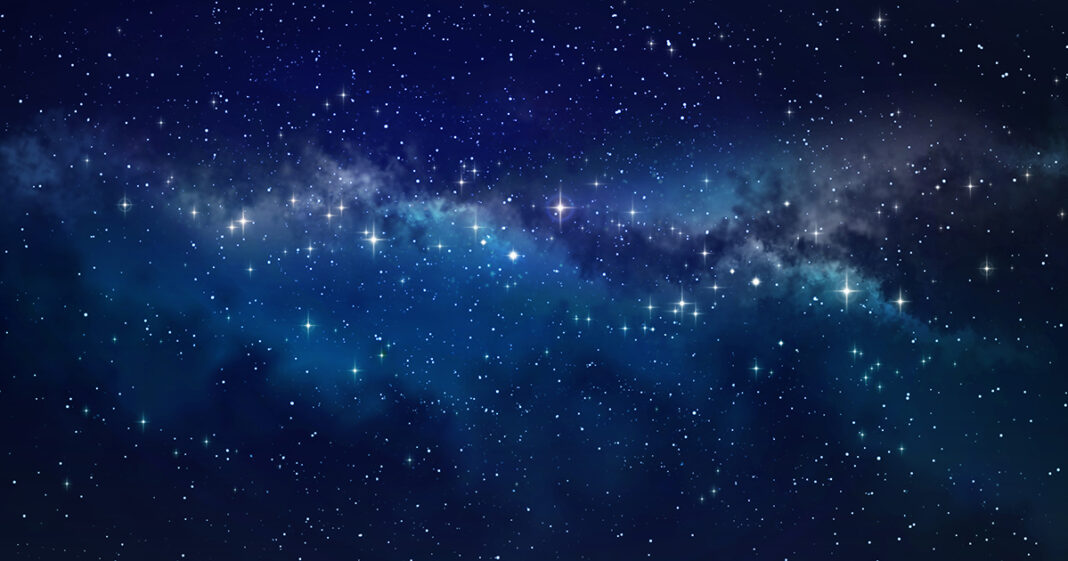Table of Contents
- Introduction
- What Are Stars?
- Stellar Formation
- Star Classification
- Main Sequence Stars
- Red Giants and Supergiants
- White Dwarfs
- The Life Cycle of Stars
- Birth
- Main Sequence
- Red Giant/Supergiant Phase
- Supernova
- Stellar Remnants
- The Influence of Stars on the Universe
- Constellations and Mythology
- Observing Stars: Telescopes and Space Exploration
- Exoplanets: Orbiting Other Stars
- The Importance of Stars in Navigation
- The Colors of Stars: A Celestial Palette
- The Future of Star Exploration
- Star Gazing as a Hobby
- Impact of Light Pollution on Star Visibility
- Conclusion
Article
1. Introduction Imagine a dark, clear night sky, and what captures our attention the most? Stars – those tiny specks of light scattered across the vast cosmic canvas. In this article, we will delve into the fascinating world of stars, exploring their origins, classifications, life cycles, and their profound impact on the universe.
2. What Are Stars? Stars are celestial bodies primarily composed of hydrogen and helium undergoing nuclear fusion in their cores, producing light and heat. They are the fundamental building blocks of galaxies, including our Milky Way.
3. Stellar Formation Stars form from massive clouds of gas and dust called nebulae. Gravity pulls these particles together, creating a protostar. As the protostar accumulates more mass, nuclear fusion ignites, marking the birth of a star.
4. Star Classification 1. Main Sequence Stars These are stars like our Sun, converting hydrogen into helium in their cores. The majority of stars fall into this category.
2. **Red Giants and Supergiants**
As stars age, they expand into red giants or supergiants, engulfing nearby planets in their path.
3. **White Dwarfs**
Stars with insufficient mass to become red giants end their lives as white dwarfs, dense remnants of once fiery bodies.
5. The Life Cycle of Stars
- Birth Nebulae give birth to protostars, initiating the stellar life cycle.
- Main Sequence Stars spend the majority of their lives as stable main sequence stars, steadily burning hydrogen.
- Red Giant/Supergiant Phase Aging stars expand, creating red giants or supergiants, undergoing significant transformations.
- Supernova Massive stars culminate their journey in a spectacular explosion known as a supernova, scattering elements across space.
- Stellar Remnants The remnants of supernovae form neutron stars, black holes, or white dwarfs, contributing to the cosmic recycling process.
6. The Influence of Stars on the Universe Stars play a pivotal role in shaping the universe, influencing the formation of galaxies, planets, and even life itself.
7. Constellations and Mythology Throughout history, civilizations have connected the dots in the night sky, creating stories and myths based on prominent constellations.
8. Observing Stars: Telescopes and Space Exploration Advances in technology, especially telescopes and space probes, have enabled us to study stars in greater detail, expanding our understanding of the cosmos.
9. Exoplanets: Orbiting Other Stars The discovery of exoplanets orbiting distant stars has opened new avenues for understanding the potential for life beyond our solar system.
10. The Importance of Stars in Navigation For centuries, sailors and explorers relied on the stars for navigation, using constellations as celestial roadmaps.
11. The Colors of Stars: A Celestial Palette Stars come in various colors, indicating their temperature and stage in the life cycle. From fiery red to cool blue, the celestial palette is diverse and mesmerizing.
12. The Future of Star Exploration Ongoing and future space missions aim to unravel more secrets of the universe, exploring distant stars and their planetary systems.
13. Star Gazing as a Hobby Amateur astronomers find joy in observing stars, using telescopes and binoculars to explore the night sky.
14. Impact of Light Pollution on Star Visibility The growing issue of light pollution poses a threat to our ability to observe stars, affecting both amateur and professional astronomers.
15. Conclusion In conclusion, stars are the cosmic storytellers, narrating the tale of the universe. From their birth to their inevitable demise, stars guide us through the mysteries of space. As we continue to explore and understand the cosmos, the significance of stars in shaping our existence becomes increasingly apparent.
FAQs
- How are stars formed? Stars form from massive clouds of gas and dust called nebulae through the process of gravitational collapse and nuclear fusion.
- What is the life cycle of a star? The life cycle of a star includes stages like birth, main sequence, red giant/supergiant phase, supernova, and the formation of stellar remnants.
- How do stars influence the formation of galaxies? Stars contribute to the formation of galaxies by influencing the distribution and dynamics of cosmic matter.
- Why do stars have different colors? The color of stars is determined by their temperature, with cooler stars appearing red and hotter stars appearing blue.
- How does light pollution affect star visibility? Light pollution, caused by excessive artificial light, hinders the visibility of stars, impacting both amateur and professional astronomers.


